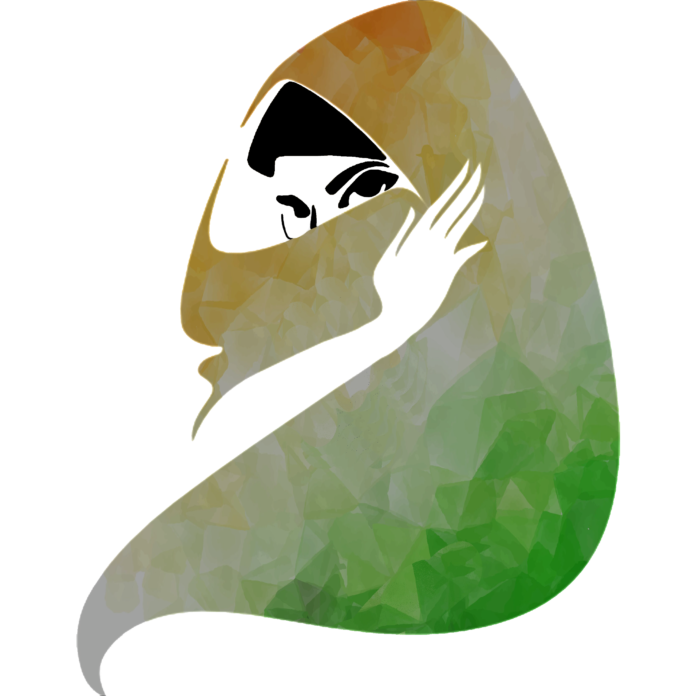Submitters: Noor Mirza- MA Global Governance at Balsillie School of International Affairs and Sidney Davidson- Graduate of MA History from University of Waterloo
Once again, India finds itself at the helm of an attack on religious freedoms guaranteed under its own constitution. This time, it is the proposed ban on hijabs — propelling widespread disputes across the country. Last month, the video of Muskan Khan, which made the rounds on Twitter, sparked wide outrage; this video showed Maskan Khan being heckled by a far-right mob who would not allow her to attend the school in the state of Karnataka as a hijab-wearing Muslim woman.
Several similar incidents have occurred at other academic institutions where Hindu right-wing groups clashed with Muslim women as they attempted to stop the latter from entering said institutions. The protests resulted in country-wide demonstrations and a three-day country-wide college closure but the situation does not seem to be improving by any stretch of the imagination. How could it, when the protesters are far-right Hindu supremacist extremists, whose purpose is to undermine India’s commitment to secularism and promote nationalist and discriminatory Hindutva values, often at the cost of its sizeable minorities, which in this case is the 200 million Muslim community.
This time last year, the ruling Bharatiya Janata Party (BJP) led by Prime Minister Narinder Modi, had targeted Indian farmers, mainly its large Sikh community, resulting in a year-long protest which spread over to Sikh diasporas all over the world, including Canada. The Karnataka government has also passed anti-cow slaughter laws, which target its Christian population. Many orthodox Hindu religious leaders and politicians have openly called for genocide by endorsing mass killings and the use of weapons to exterminate Muslims from India.
As many are calling this religious apartheid an ethnic cleansing, the first United Nations Special Adviser on Prevention of Genocide Juan E Mendez has called upon the international community to take action to protect Muslim (and other) Indian minority communities. But can the UN take action?
Under global responsibility to protect (R2P) commitments, the wider international community is expected to take collective action to protect a population in the circumstance that a state is not only failing to protect but is also actively persecuting a minority group within its borders. R2P has been invoked on several instances concerning genocide and armed conflict. The Genocide Watch group has placed India at number eight of the ten stages of genocide, with the remaining stages being ‘extermination’ and ‘denial’ regarding the Muslim community. The issue, however, stands that India has not ratified the Rome Statute, which allows it to breach its commitments to the International Criminal Court, which does not have any jurisdiction over India in regard to persecuting the perpetrators.
So, who is really responsible for upholding religious freedoms, the right to life, liberty, freedom of speech and expression? It is obviously up to the Government of India and its Prime Minister to sustain and defend the sanctity of its constitution. But clearly, that does not seem to be happening as Modi’s BJP is complicit in the atrocities. Owing to India’s stalwart role in global trade and international relations, countries are largely hushed in face of blatant state misconduct. R2P would be a viable option but requires a consolidated international response and media operation — one that just doesn’t appear to be coming any time soon.
Shifting the lens closer to home, the Freedom Convoy which held Ottawa hostage for three weeks boasted several white supremacists with confederate flags, with Nazi ideological underpinnings similar to Hindutva values. There is also foreign support for the Freedom Convoy with millions in financial support from far-right organizations just south of the border. Meanwhile, some of the lead organizers of the convoy have openly espoused the white nationalist talking point of the Great Replacement.
Many significant overlaps between the two situations are apparent wherein the dominant demographic is being deliberately and systematically replaced by another. In India’s case, this is the Love Jihad. Both movements garner political support from various conservative, far-right factions in their respective countries, with respective narratives proclaiming their movements as ‘just,’ ‘noble,’ and ‘honourable.’ Through all this, it is clear that even though they have different end goals, each movement champions similar ideological rhetoric — one that is severely problematic, extremely dangerous and cannot be ignored as a larger, global issue.
































